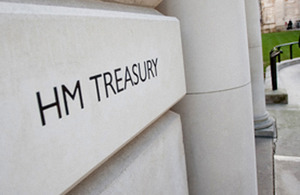UK Taxpayer no longer largest Lloyds Bank shareholder
The government has now recovered over £18 billion of the £20.3 billion taxpayers injected into Lloyds during the financial crisis.

The plan to return Lloyds Banking Group to the private sector passed a significant milestone today when it was confirmed that the government is no longer the largest shareholder.
The latest share sales, conducted through the trading plan, have reduced the government’s remaining shareholding to less than 6% and below the level of the next largest shareholder.
These latest share sales mean the government has recovered over £18 billion of the £20.3 billion taxpayers injected into Lloyds during the financial crisis, once share sales and dividends received are accounted for.
The Chancellor of the Exchequer, Philip Hammond said:
Returning Lloyds to the private sector and recovering all of the cash the taxpayer injected into the bank during the financial crisis is a priority for the government.
Confirmation that we are no longer the largest shareholder in the bank and that we’ve now recouped over £18 billion for UK taxpayers is further evidence that we are on track to recover all of the £20 billion injected into the bank during the financial crisis.
A trading plan involves gradually selling shares in the market over time, in an orderly and measured way. The Lloyds trading plan initially ran from 17 December 2014 to 30 June 2016. The government announced on 7 October 2016 that further sales of Lloyds shares would also be made through a trading plan.
As required by Financial Conduct Authority (FCA) rules, Lloyds Banking Group announced today that the government’s shareholding in the bank has crossed through a one percentage point threshold. This announcement therefore notifies the market that the government has reduced its shareholding in Lloyds to below 6%.
All proceeds from the sales are used to reduce the national debt.